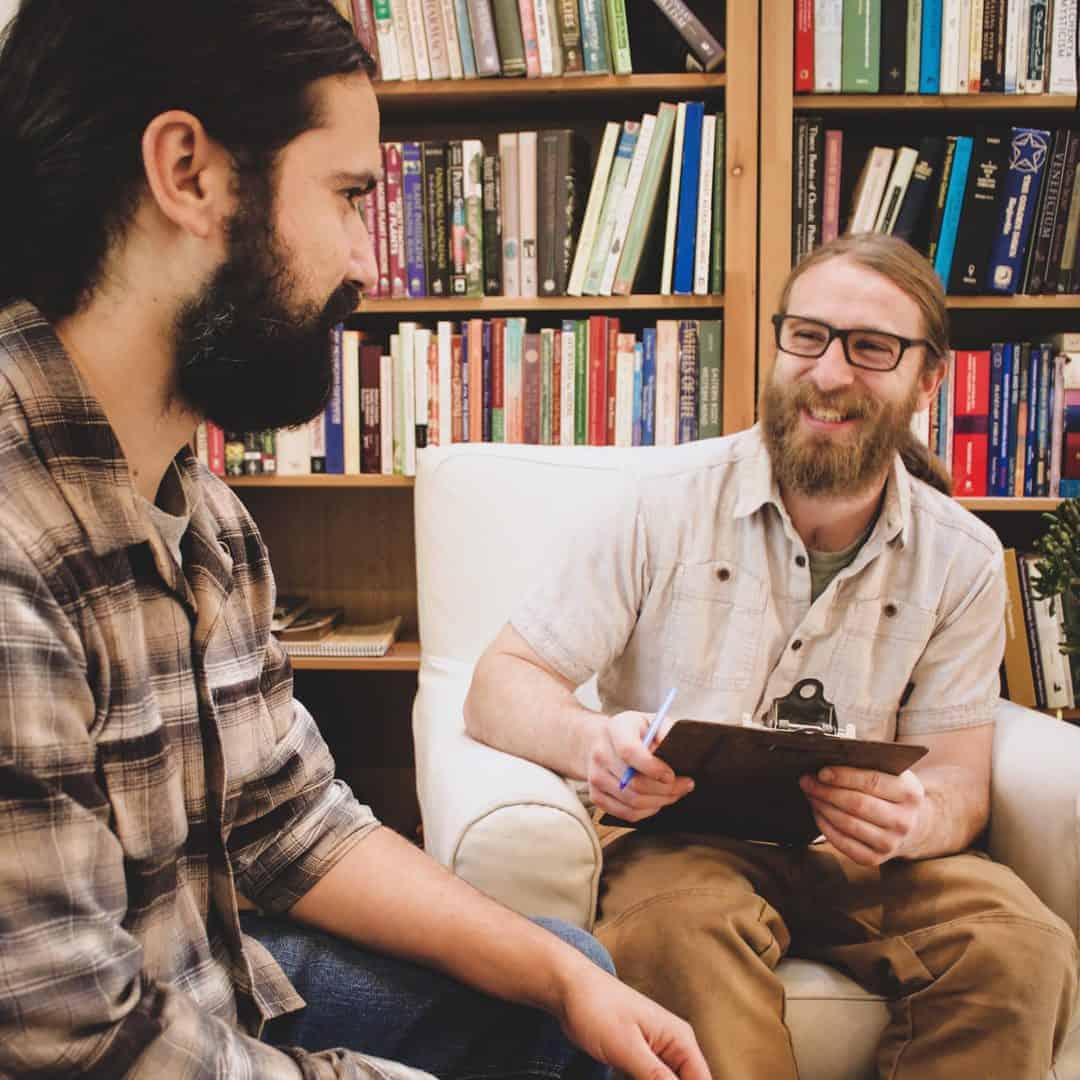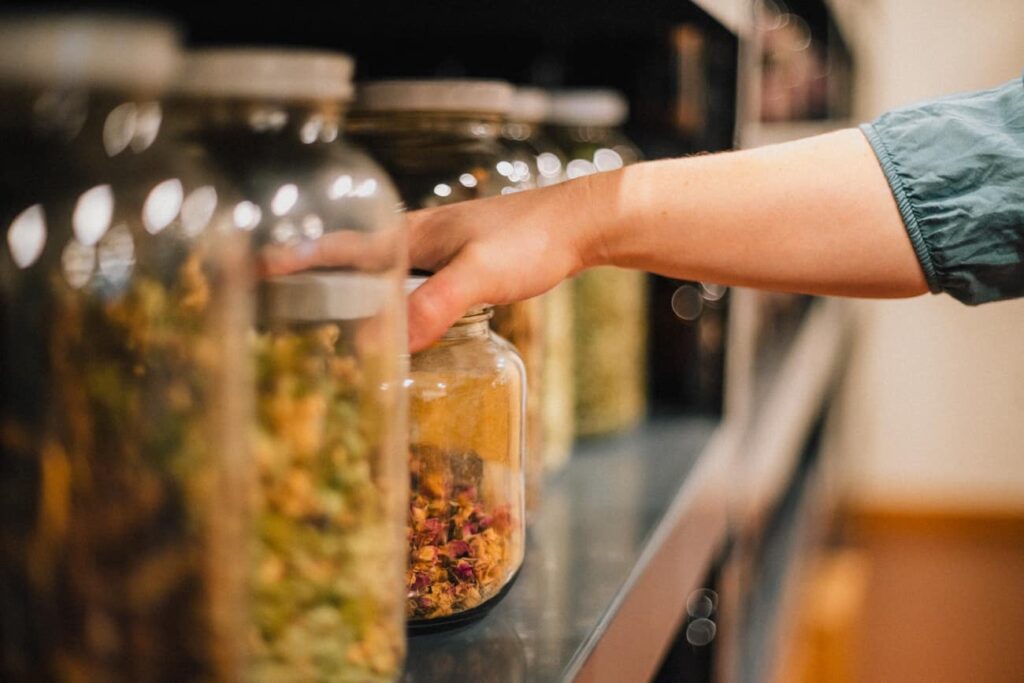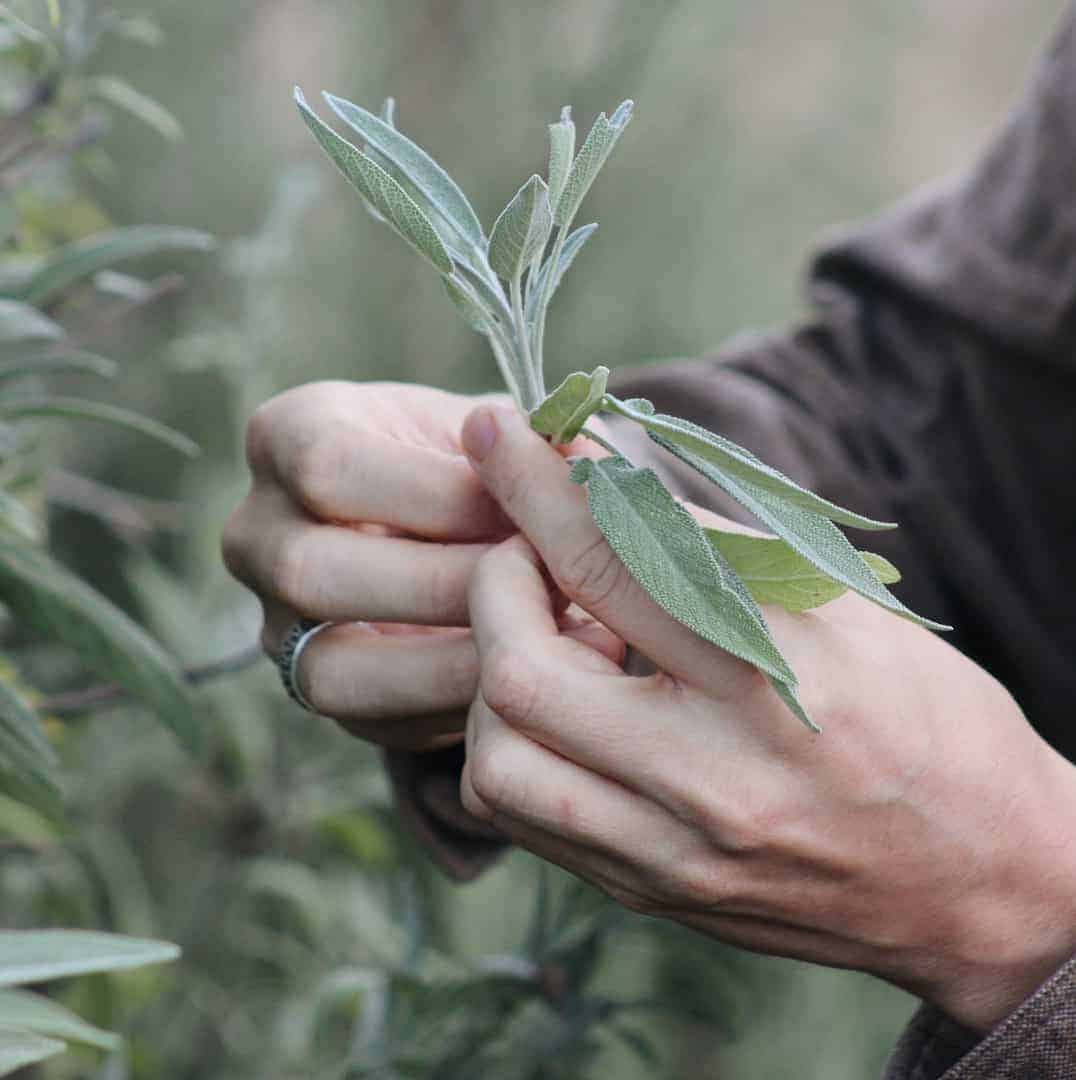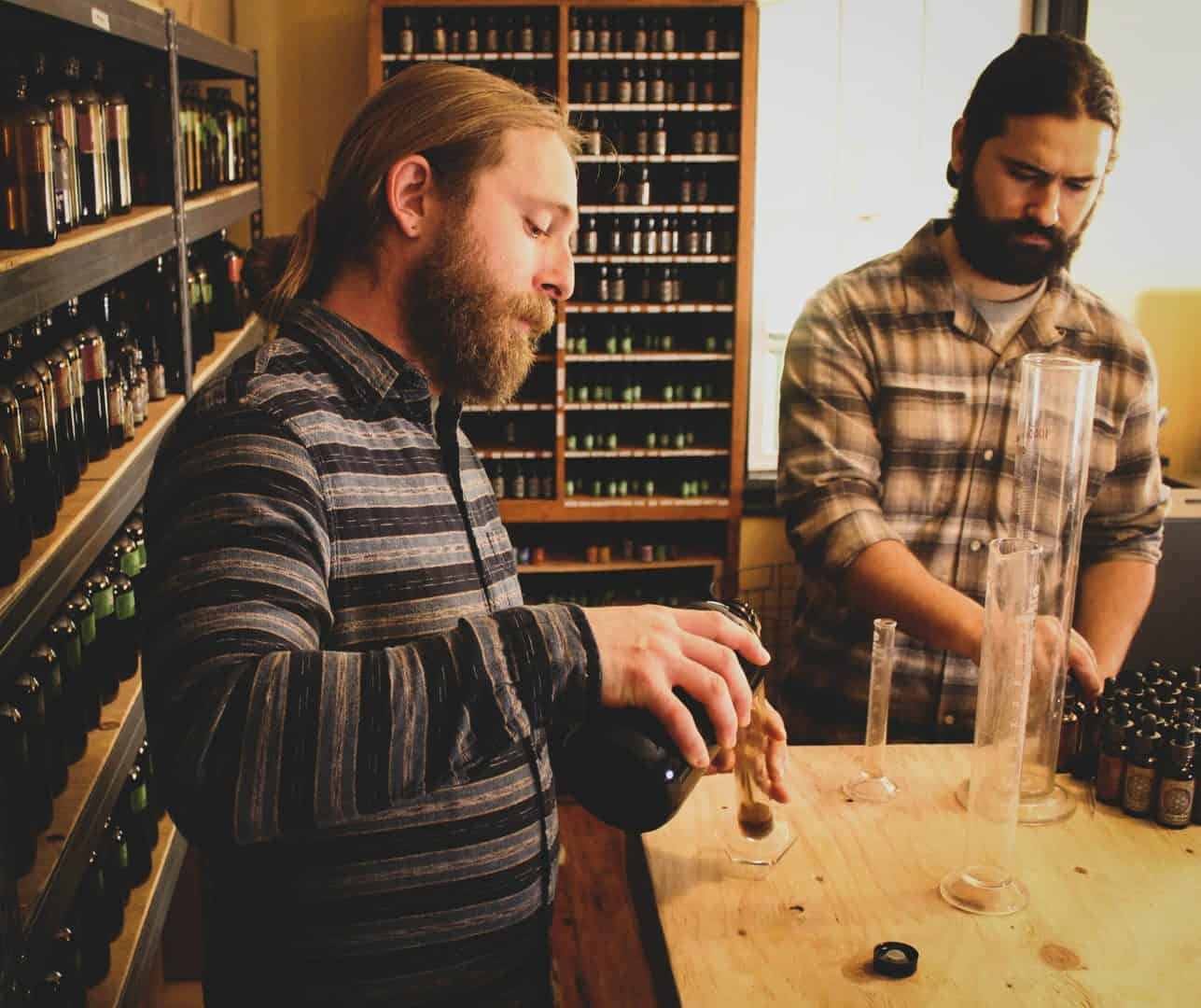Running a private practice can be difficult, especially when you’ve never learned the logistics of how to do so in school.
Although you can learn through trial and error, there are some tried and true practices you can implement to increase your professionalism and proficiency as a practicing herbalist.
In today’s blog post, you’ll learn:
- The different ways you can meet with clients
- How long your consultations should be
- How to determine the correct remedy
- Different ways to ensure your client receives their formula
- How to lead a successful follow-up and how often to schedule them
- How to adjust your formulas
- Tips for managing financial matters
Table of Contents
The Logistics of Seeing Clients
What does it look like to be a practicing herbalist?
Does the question conjure the image of being in a wood-accented room filled with tincture bottles and burning incense, or does it inspire something less whimsical, such as sitting in a cafe in the late evening while working on a client’s formulation post consultation?
Although there’s no one way to run your practice and every herbalist tends to find their own rhythm for conducting their sessions, we all share the same questions and challenges when starting out: logistics.
Unfortunately, logistical topics such as how soon to follow up with a client, how to ensure your client obtains their remedy, and financial matters are often left untaught in schools, leaving you to your own devices to figure them out.
While there is no one-size-fits-all method for running a private practice, I’ve learned that there are specific practices you can implement to help you run your practice proficiently and professionally, most of which are not necessarily intuitive or easy to figure out initially.
Learning how to run a clinical practice is a skill that requires time and development like any other. Although you may feel inclined to work with plants while maintaining a distance from the nitty-gritty aspects of running a business such as sending invoices and scheduling, it’s precisely the development of these skills that lead you to run a successful practice so you can spend more time helping your clients and not trying to figure out logistical details.

Your Most Common Questions, Answered
These days, more and more folks are choosing to conduct consultations over Zoom or Skype. Conducting your consultations over video chat has its advantages. It’s convenient for both parties, reduces travel time, and allows you to access far more people than would be possible if you worked with people in your region alone. Through these virtual sessions, you can help people all around the world from the comfort of your living room.
However, distance consultations have their disadvantages too. You miss out the ability to use some of the key assessment tools herbalists use, such as pulse, tongue and facial assessment. It’s also much less personal and difficult to get a good read on your client. There’s so much information the body conveys which helps us to get a sense of the client’s unique constitution or dosha – which ultimately helps you to know which herbal remedies are most appropriate for them.
If you prefer to meet clients in person only or offer a combination of in-person and virtual consultations, you will require a designated clinic or home office space to meet them face to face. I think it’s really important to have a nicely setup space to meet with clients regardless of whether it’s remote or in-person. Just because you’re meeting on Zoom doesn’t necessarily mean professionalism should be dropped. Make sure the room is quiet, undisturbed, and have the background be clean, tidy, and preferably pleasant to the eye.
And of course if you’re meeting people in person, keep your space clean, quiet, and professional. Offer them a cup of tea. Make sure they’re comfortable.
How Long to Meet With Your Clients
You might be wondering how long you should meet with your clients, especially for the first session. While there’s no straightforward answer, I have found that the length of time depends on the complexity of the case and how you prefer to practice.
If your client is facing a cluster of conditions, you may need to spend more time determining what the root cause is. Designating sufficient time for this process is essential since many maladies overlap and relate to a single cause. By uprooting the source of illness, you can effectively absolve many of the consequential symptoms.
If your client presents several ailments that seem unrelated to each other, it’s best to keep things simple and focus on roughly three of the most pressing issues. This way, you avoid overwhelming yourself and your client. And if you want a super tip, have your client determine what the top three most pressing issues are! As a practitioner, it’s critically important that you’re addressing the primary complaint or issue your client brings to the table. If they have a dozen of them, have them prioritize what’s bothering them the most.
In acute scenarios, shorter consultations such as thirty minutes may suffice as you are offering immediate care without diving into the root cause on a level that’s particularly deep.
Although the length of your meetings will differ from case to case, I have found that scheduling initial consultations for about an hour and a half is a good starting point. Depending on each circumstance, you can shorten or lengthen the meeting as you see fit.
How to Determine the Correct Remedy
You can read the best herbalism books and take all of the right courses, but nothing replaces the experience you gain from working with clients in real life.
Over time, you’ll develop personal methods for determining remedies for your clients. However, I have found that the following strategy for selecting an herbal remedy can make the process easier, especially when you’re facing a complex case.
The first thing I do after meeting with a client is take a break (unless there’s someone else in line). Although it might seem counterintuitive, taking a step back allows you to process information and make connections that you might have missed otherwise. After this, I ask myself the following questions:
- Which organ systems require the greatest care and attention in this case?
- What main actions do I want my formula to have?
- What net energetic effect do I want my formula to possess, such as a warming, cooling, moistening, drying, relaxing, or constricting effect?
After running through these questions, I consider whether there are any herbs I feel calling out to me intuitively and whether there are any specific indications that match what the client has shared during their session.
Once I think of an herb that sounds like an appropriate fit, I filter it through the energetic lens to ensure it’s compatible with the client’s constitution. Usually if there is an herb that matches the organ systems, actions and energetics I need, that herb is usually considered a specific remedy and will be given alone or will become the lead part of the formula. Other remedies may be supportive to other organ systems, contain other secondary actions that will be helpful, or correct the net energetics if it needs to be warmed up, cooled down etc. After I’ve determined the herbs I want to work with, I determine the ratios of each herb and assemble the formula— a process that may require five minutes or up to an hour depending on your experience.
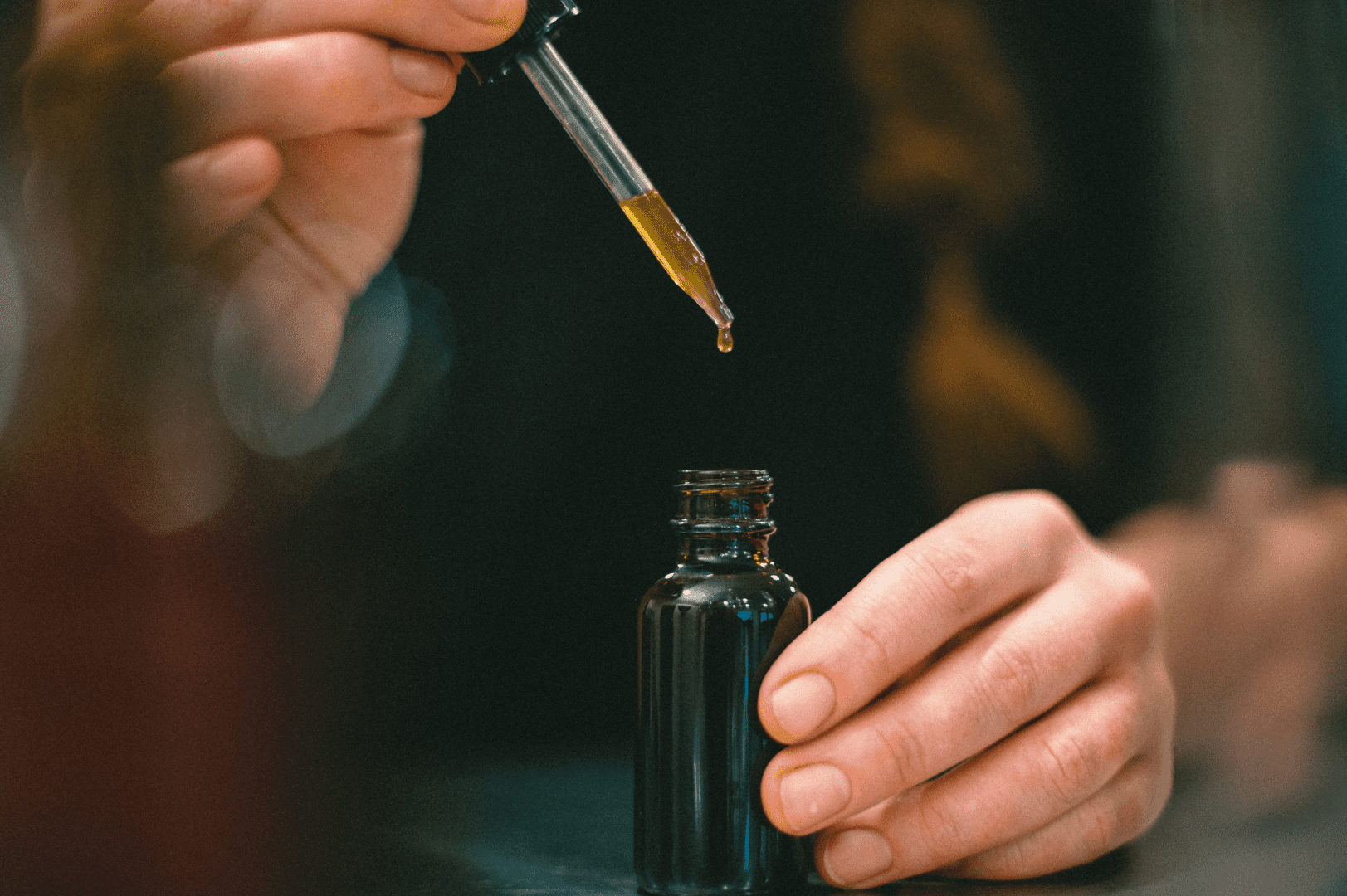
How to Get the Formula to Your Client
The most ideal scenario is that you’re able to determine your client’s remedy on the spot, formulate it on-site, and give it to them before they leave. Sometimes this can be done with the client right there, which some actually think is kind of fun to see an herbalist at work pouring and compounding.
However, for many people, this is unlikely. Whether you prefer to mull over your formulaic strategy before making it or you simply don’t have the herbs on hand, there are many reasons why this isn’t realistic for some. Furthermore, handing over your formula to your client after a session is impossible if you’re meeting with them through video chat.
Logistically, there are a few ways your client can obtain their remedy, which ultimately depends on whether you have your own in-house apothecary or if you’re recommending products. Firstly, you can ask them if they have any local apothecaries that can formulate the blend for them. If so, you can send the formula to your client and have them take it into their local herb shop to have it put together.
If this isn’t an option, you can send them direct links to a website that sells the herbal remedies you have in mind. This is why having some knowledge of different herbal product lines can be helpful. Your clients should receive the formula ready to go. Most people don’t want to put together a formula on their own with a bunch of single bottles (unless they’re an herbalist themselves that is…)
If someone is facing an acute condition, receiving the formula on the same day, either from you or the apothecary, is best. However, if these options aren’t possible, ordering them online from an herbal medicine supplier or from the apothecary itself are also good options. Although it may take a few days to arrive, they can expedite shipping for faster arrival. This is also why having knowledge of “kitchen herbalism” is super helpful as well, as most grocery stores have things like Ginger, Thyme, Oregano, Garlic, Onions, etc. that people can use at home medicinally.
Regardless of how you get the remedies to your clients, whether you make it yourself or not, the important thing is that they get them in a timely manner. If you’re making it yourself, I suggest making sure it gets in the mail or is available for them to pick up within 24-48 hours of the consultation.
How Soon Should You Follow Up?
The answer to this question largely depends on each client’s unique situation. However, it’s important to always schedule your next appointment together before the current session is over. I can’t stress enough how important this is!!
Life gets busy and making decisions (especially ones that involve finances) can feel stressful. No matter how much someone wants to feel better, the chances of them returning for another consultation are slim to none if the date for the next meeting isn’t determined before they leave.
Scheduling follow-ups in advance benefits your clients and yourself. Suggesting an herbal remedy is just the start of one’s healing journey. How your client responds to it teaches you valuable information about how you can revise and improve it for them as needed. Additionally, it can help you adjust the formula in case any uncomfortable symptoms or constitutional aggravations arise.
If your client is experiencing an acute condition or flare-up, it’s best to schedule a follow-up a few days after they obtain their remedy, even if it’s through a short phone call.
In the case of chronic conditions, it’s best to wait and speak with your client a few weeks or so after they take their remedy for a period of time. This way, they have time to note how they feel and if they experience any improvements in frequency or intensity of their symptoms. This is important because you want to give the remedies enough time to start working before you follow up.
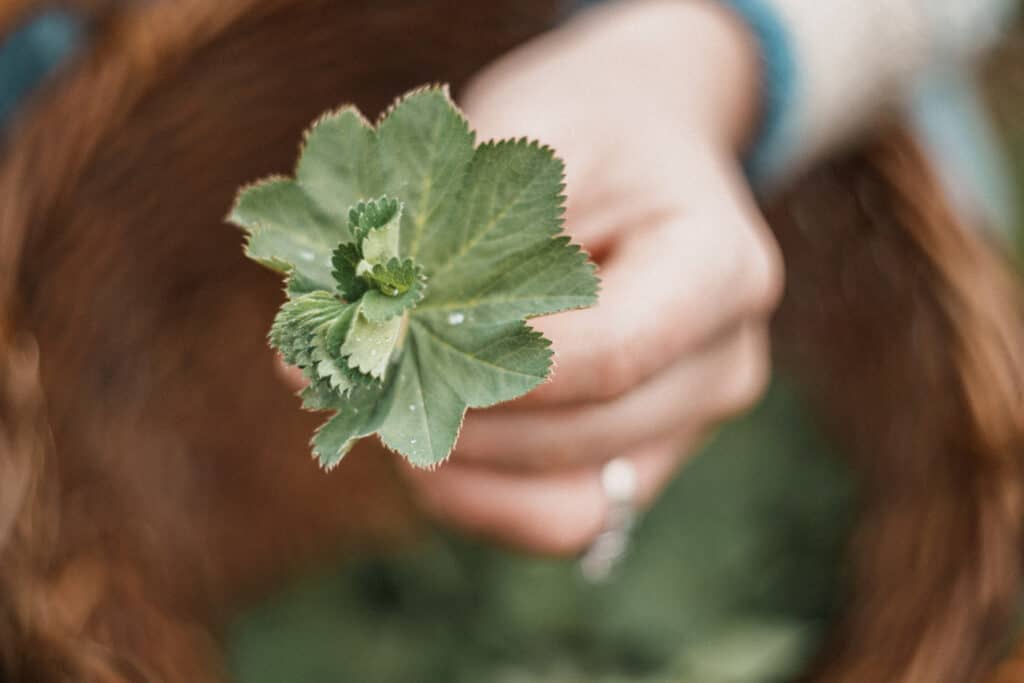
What to Ask During a Follow Up
The follow-up session is your designated time to reassess your client’s primary complaint and ask questions that reveal whether your formula has had the intended effect or not.
It can be difficult to remember what you ate yesterday for lunch, let alone how you’ve felt in the past two weeks. Instead of asking your clients vague questions such as “How are you feeling?” I find that asking questions that measure the intensity and frequency of their condition to be particularly helpful.
Using a number system ranging from 1-10, try asking the person you’re helping how they would rate the intensity and frequency of their current symptoms. After they take their herbal remedy for the designated period, you can ask this question again during your follow-up meeting.
Healing is often not linear, and success may be measured by a decrease in intensity or frequency. If your client experiences intense migraines three times a week on average and has not experienced a decrease in intensity yet gets only one migraine a week on average after taking your formula, this is an improvement!
Some herbs offer instant relief, while others require time. In either case, using a number system to measure progress offers you a metric to work with that can indicate whether or not a remedy is successful. This is also helpful for the client as well, for it helps them to see right in front of them that they are indeed improving, which for some reason can be difficult to see as a client.
Follow up sessions are also a time to attend to other complaints the client may have presented in the initial consultation that didn’t get covered. But, I usually will only get into these things if what primary things we were working on have resolved.
How to Adjust Your Formulas
You’re not going to get it right every time, and as hard as this might be to accept, it’s a “bitter” medicine every herbalist must swallow.
You might overlook something, misjudge your client’s constitution, or create an energetically imbalanced formula. As uncomfortable as it might be to consider, there may be times when you select the wrong remedy, and this results in little to no improvement or even a worsening of their symptoms.
Even the best of herbalists will face this from time to time. Rather than beat yourself up when this occurs, accept it humbly as an opportunity to improve your practice and to become a better herbalist.
When you need to reassess the formula you’ve suggested, it’s best to consider what went wrong. Was the blend too drying? Add moistening herbs. Was it too warming? Add cooling herbs. In many cases, energetic imbalances can be easily fixed by swapping out or adding an herb that complements the formula. Perhaps your theory of what was going on was altogether incorrect and needs a totally different approach. Maybe the dosage and frequency isn’t quite enough and needs to be increased to see a stronger effect.
Another example of a remedy that may require modification is if you create a calming formula that is too sedating. In this case, you can easily replace the herbs with a strong sedative action for ones that are gentler, such as replacing an herb like Hops (Humulus lupulus) with Lemon Balm (Melissa officinalis).
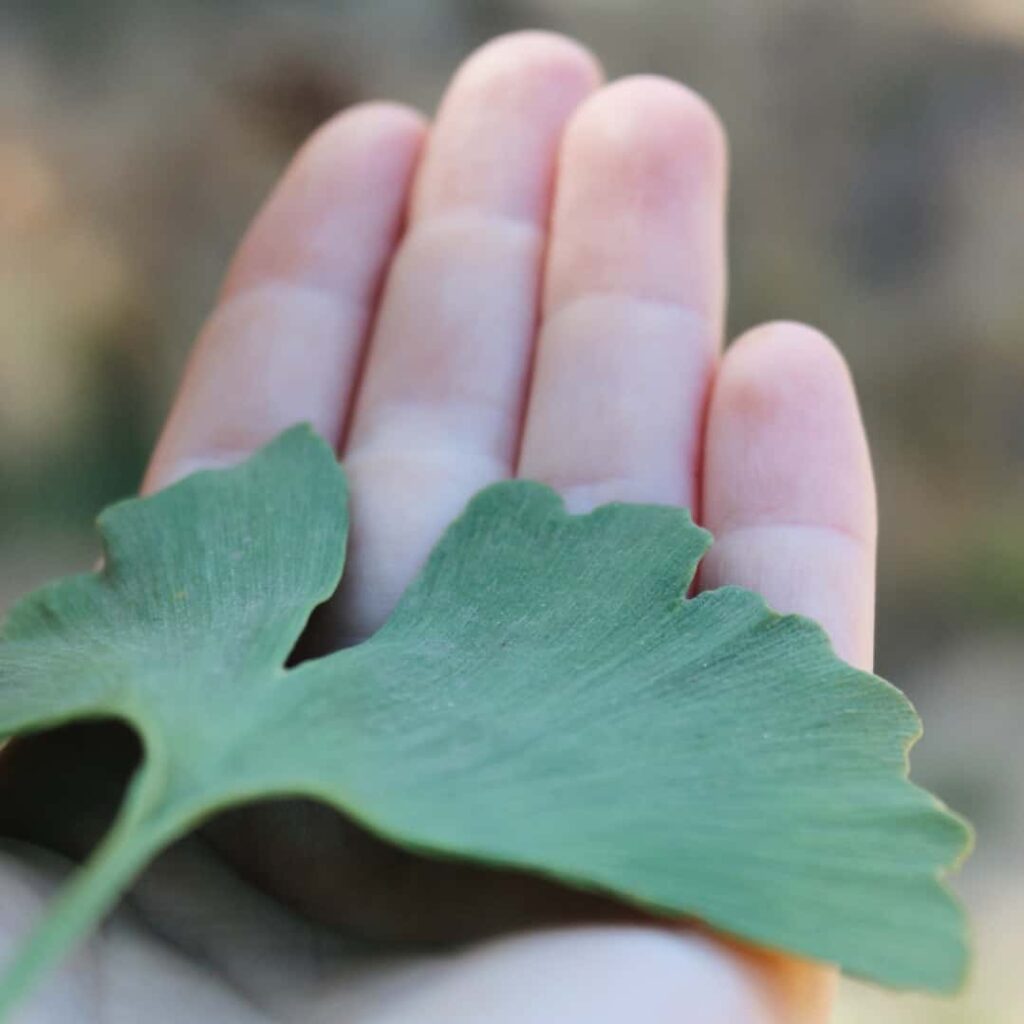
Reciprocation
If you’re an herbalist, most likely you got into this because you have a deep calling to help people and want to support people’s healing and relieve their suffering. Most herbalists aren’t getting into this because they want to start a business, but they’re following a heartfelt passion to be in service as a healer.
So many herbalists I’ve met, including myself at first, have a difficult time with asking for financial reimbursement or setting their rates for consultations because it’s something you’d be doing regardless of the money because you believe in it. But let’s be real, you’ve got to eat, keep a roof over your head and have a pile of bills to pay each month too!
However, most folks will appreciate the help you’ve given them so much they want to honor you and support you too. Recognizing that this exchange is important to uphold the cycle of reciprocity is key in internally shifting your perception so you’re open to receive the gifts your client has to share with you as well.
Even if you choose to setup a sliding scale option to make your services accessible to people in different financial situations, I believe it’s always important to have some kind of exchange to keep the energy clean and to honor the time & work you’ve put into helping that person. This will keep you from feeling depleted in the long-term, and will also make the client take their healing process and herbs more seriously if they’ve also made an investment into their healing.
As with all financial matters, transparency is the utmost key, and there is no exception when it comes to running an herbalism practice. Before you begin any sessions, always state clearly your rates for initial consultations, follow-up sessions, and whether this includes the price of herbal medicine or not. By ensuring that you’re on the same page before you begin your consultation together, you prevent any potential awkwardness and discomfort from arising later.
Another excellent practice to get into the rhythm of is sending your clients an invoice after they’ve sent their payment. This can be beneficial for your and their financial records, especially as tax season approaches.
Another useful tip here is to make your services available as “packages.” For example, you can give people a discount if they purchase a “startup package” that includes their initial 2 hour consultation, 3 follow ups, and all of their remedies needed for a 3 month period. Or something like that. For consistent clients, consider giving them a discount if they buy 5 follow-up sessions up front.
There’s a lot of benefits of doing it this way for both practitioner and client. For the practitioner, it gets the money part out of the way ahead of time so you don’t have to think about it, which is nice. But it also ensures that your client is going to come to see you, as they’ve committed financially to it. This ultimately benefits them as well, for it makes them make a solid commitment to work with you for a period of time.
Running a clinical practice and working on its practical aspects may not be as whimsical as you thought it might be when you first started studying herbalism. However, I can assure you that it’s worth it. It will stretch you and challenge you as an herbalist and a human, but you’ll grow enormously through the experience you’ll gain through each person you help. And it’s the most rewarding thing to see people feel better and to see the plants at work helping them!


